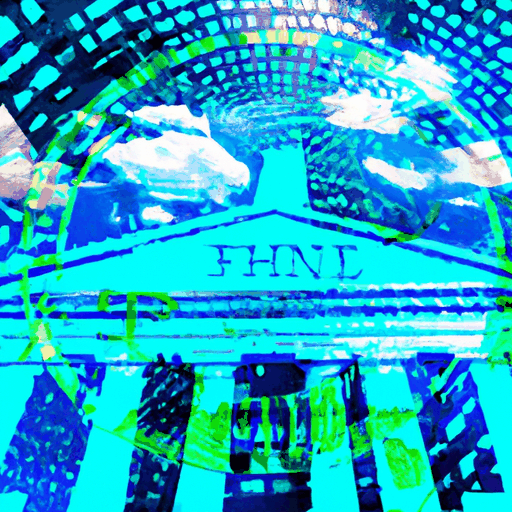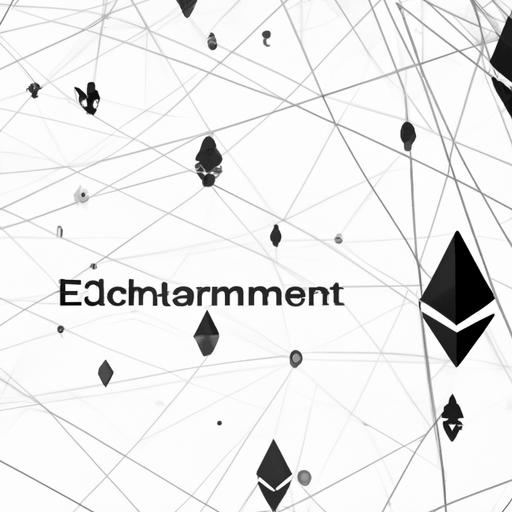
Federal Reserve Evaluates 'Skinny' Payment Accounts for Fintech and Crypto
By: Eva Baxter
The U.S. Federal Reserve is exploring the creation of "skinny" payment accounts aimed at enabling broader access to its payment systems, a move welcomed by fintech and cryptocurrency industries. This initiative targets easing the banking challenges currently faced by smaller fintech companies and crypto firms looking to utilize the Fed's payment services usually available through "master accounts." The contemplation of these accounts signifies a potential resolution for what industry insiders have termed "Operation Chokepoint 2.0," where access barriers have limited crypto's integration into traditional banking infrastructures.
The initiation of "skinny" master accounts could be a game-changer for fintech innovators, granting them streamlined access to payment systems without the full spectrum of benefits reserved for larger conventional banks. Federal Reserve Governor Christopher J. Waller acknowledged the importance of supporting those transforming the payment landscape during a recent address at the Payments Innovation Conference. His remarks underscored an encouraging stance towards the ongoing evolution of financial services and the inclusion of digital assets in mainstream financial frameworks.
This development has been perceived as pivotal by industry analysts, not only because it may dismantle some of the regulatory bottlenecks that have previously restricted cryptocurrency adoption but also because it promises a more inclusive financial environment for new tech-driven financial entities. Giving these entities a platform within the Fed's system could foster innovation and enhance the dynamism of the payment markets, propelling further integration of digital currencies and blockchain technology in everyday financial operations.
While the specifics of these "skinny" accounts, including the extent and nature of the limitations, are yet to be fully articulated, the mere consideration by the Fed indicates a shift towards inclusivity and modernization in U.S. financial policy. This potential accessibility progress underscores a crucial step toward harmonizing the traditional banking sector with the emerging digital finance world, providing an optimistic outlook for the future of crypto-financial relations.



